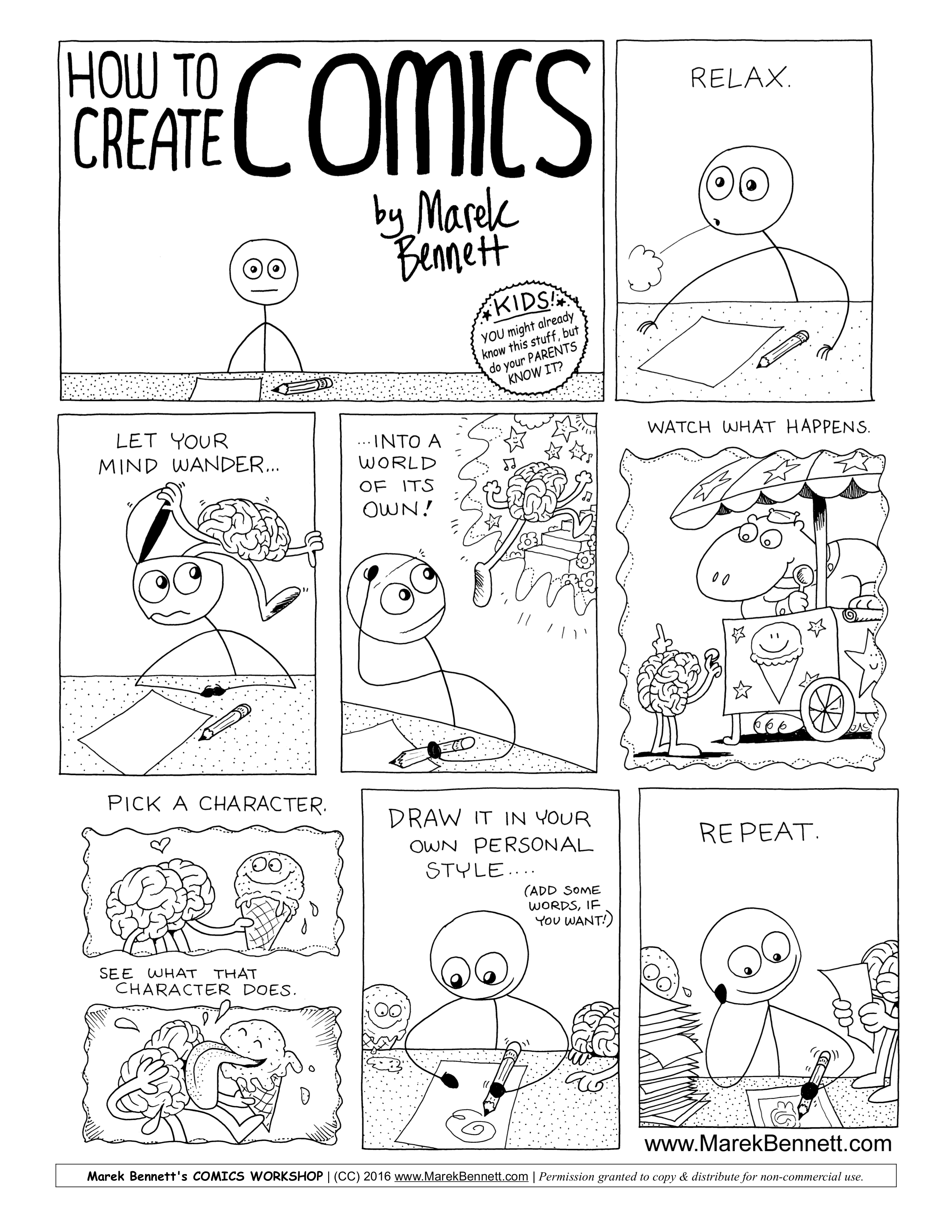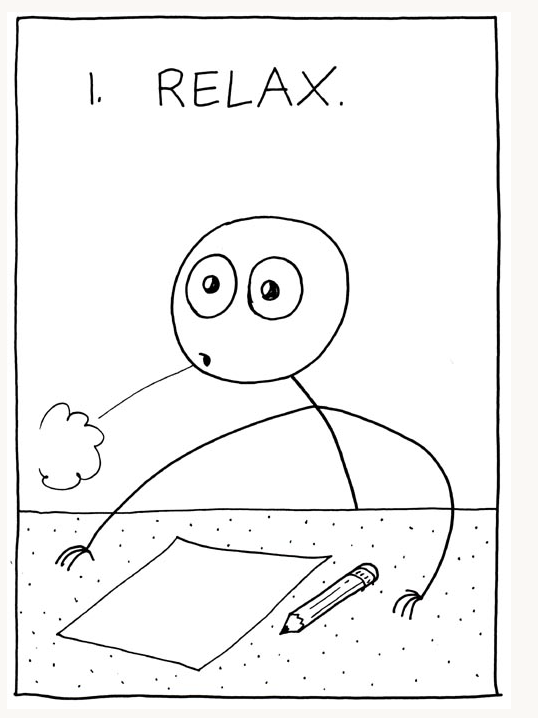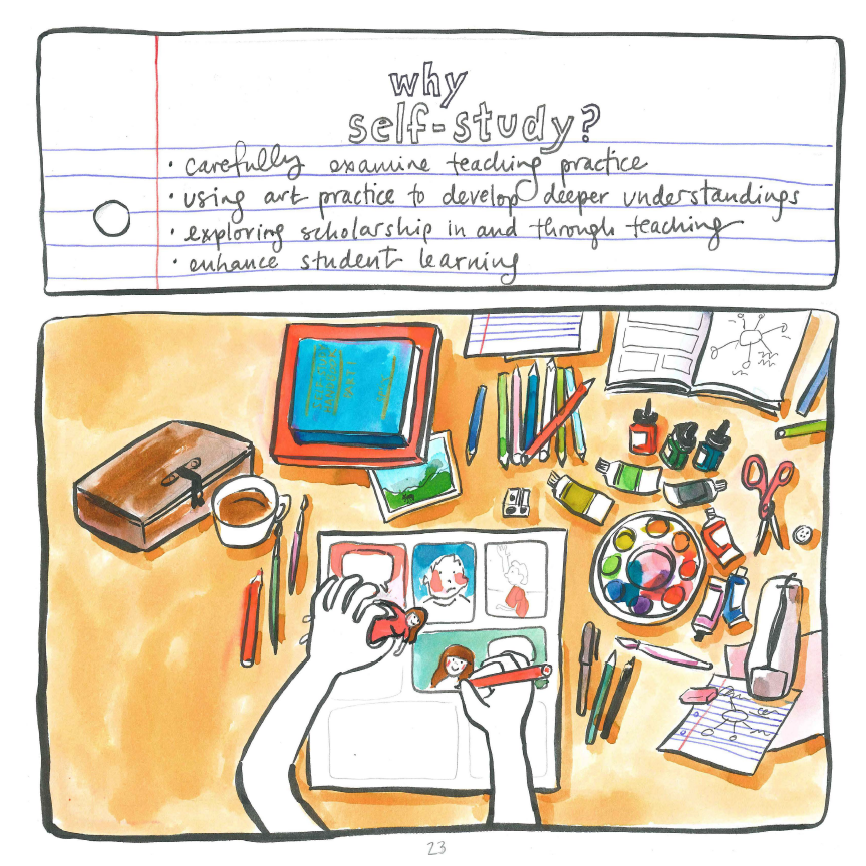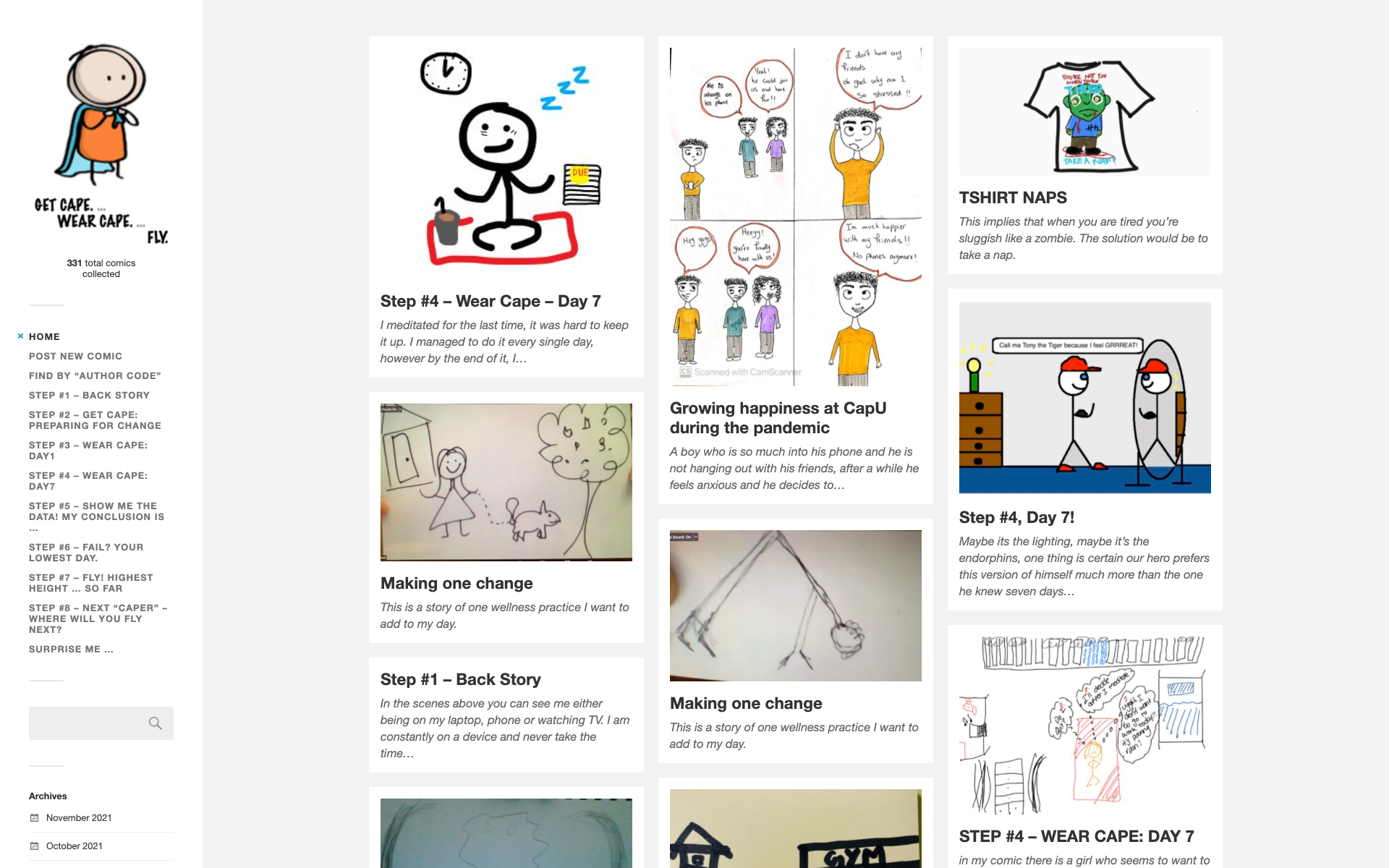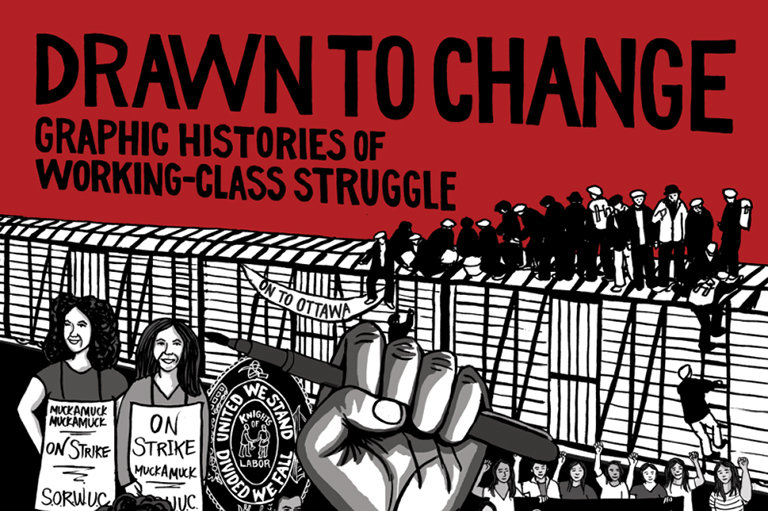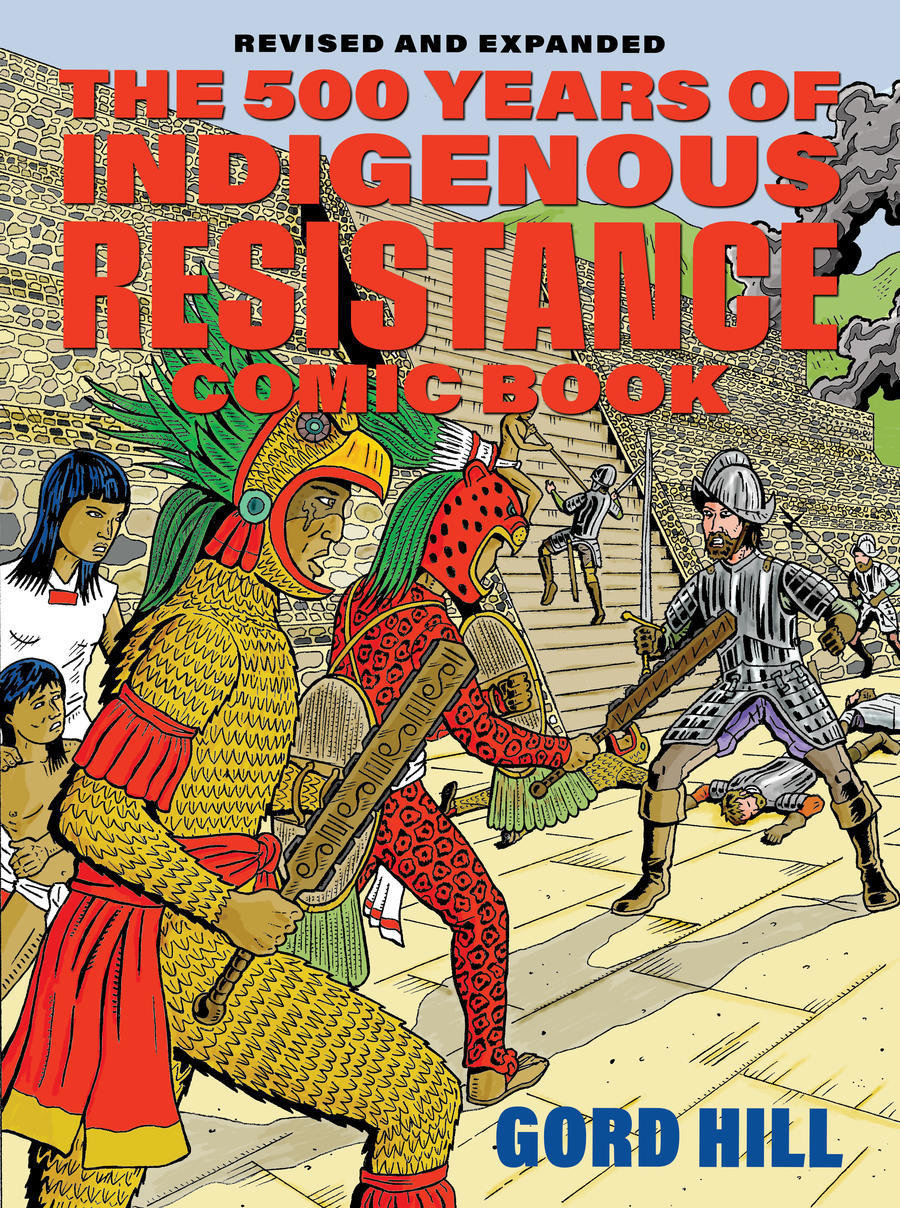Brenna Clarke Gray &
Jason Toal - Learning Technology + Innovation
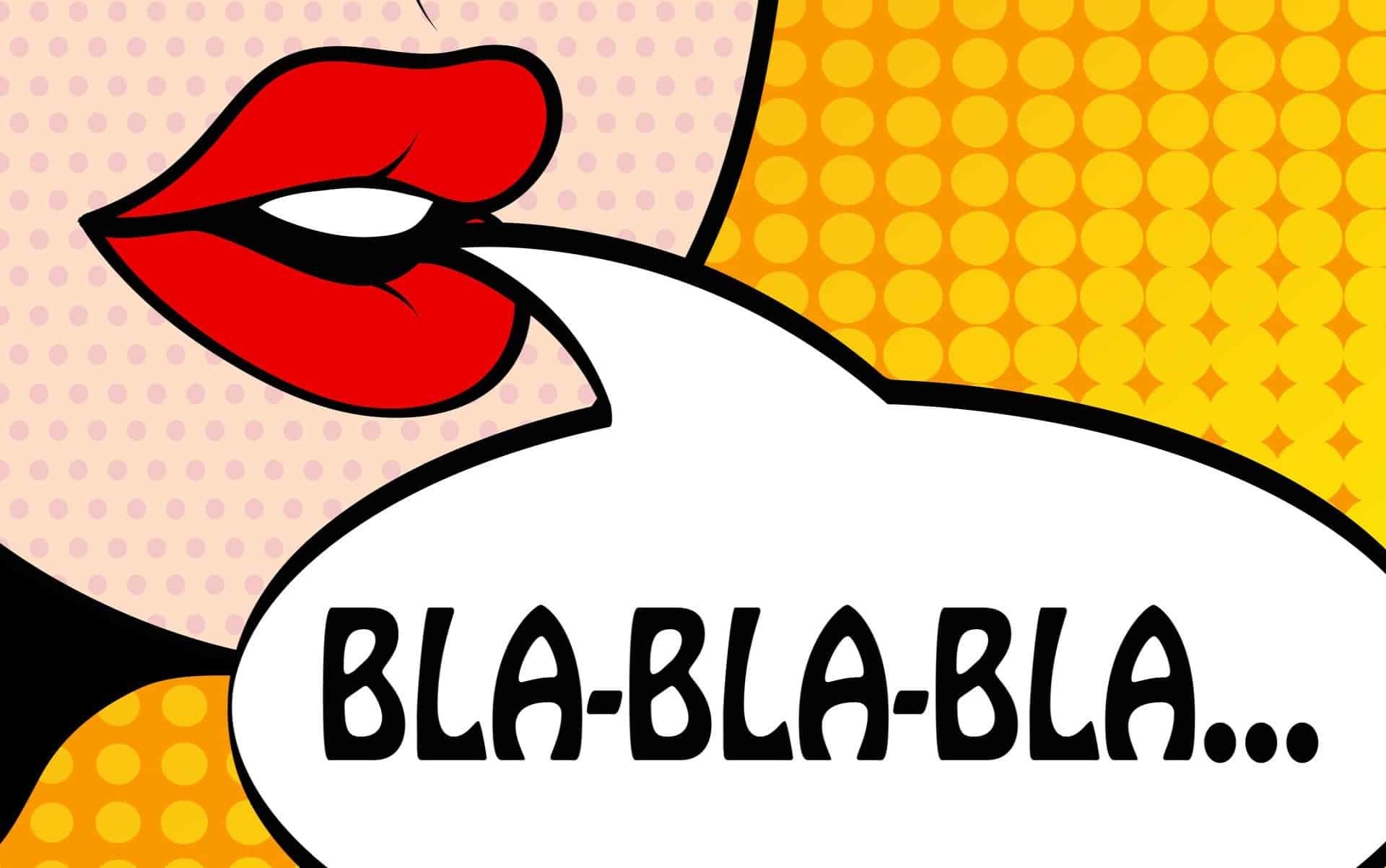
Lets Play V - Comics!
Brenna
I've loved comics forever! In 1992 I had a full set of Marvel Superhero trading cards (Series 2) and loved Archie comics.
I started studying comics seriously after grad school, publishing research primarily on Alpha Flight and other Canadian superhero teams and teaching courses on Canadian comics.
I'm also a co-founder of Graphixia and I sit on the editorial board of Comics Grid.
Jason
Your typical, white, male, super hero comic fan from the 80s. Collecting and marvelling in the stories and artwork that goes into this medium.
Working in edtech, I have noted a rise in the attention to image and text, and the possibilities comics may hold for teachers and learners alike is a fascination.
If I were to pursue any scholarly work today, this would be it.
- Complex cognitive task of reading images and visuals together (possibilities for irony, etc).
- Simplifying prose meaning into images demonstrates understanding.
- Allowing for demonstration of multiple means of representation (UDL).
- Engaging! Surprising! Fun!
WHY? Comics!

- Panels/gutters (layout)
- Text
- Image
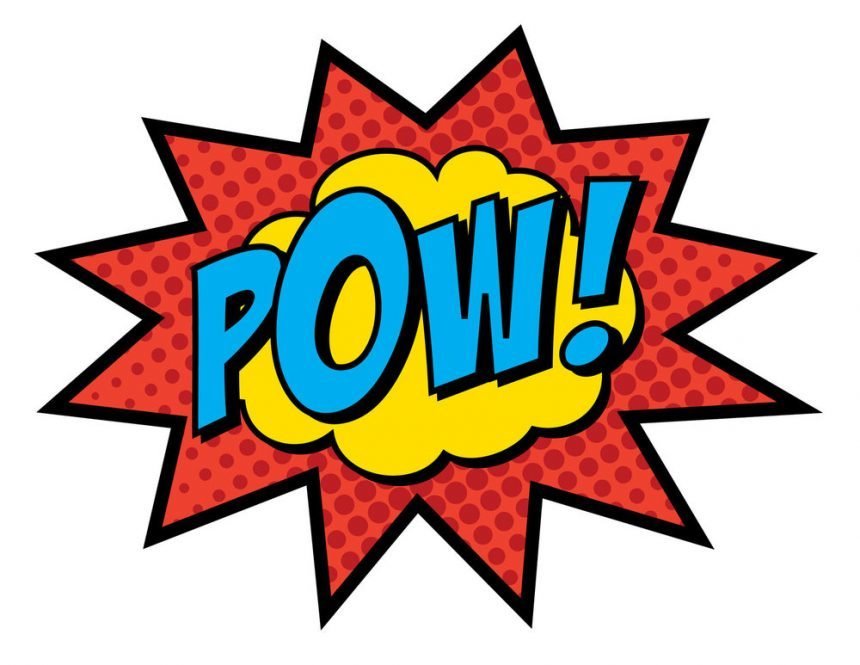
How Comics work
How Comics work - layout

How Comics work - text
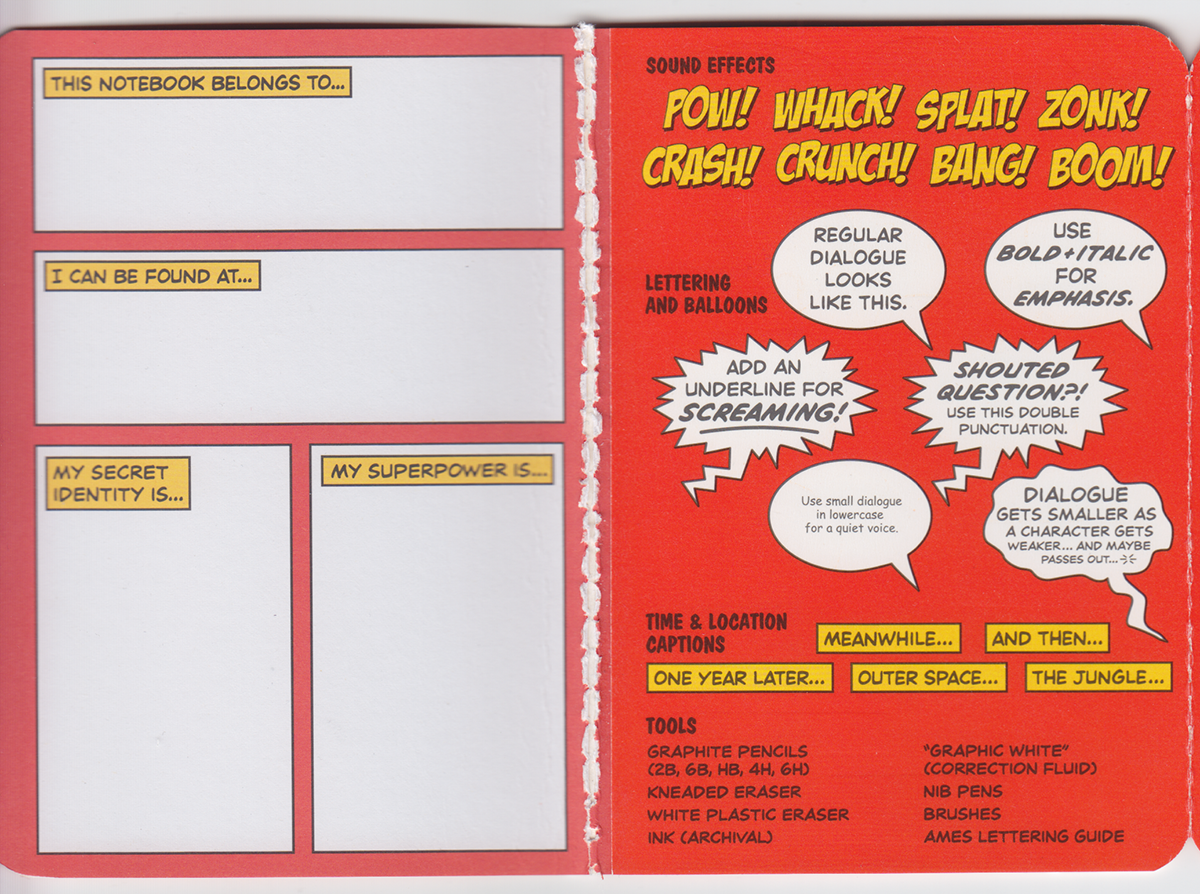

Ki (起): The first panel forms the basis of the story; it sets the scene.
Shō (承): The second panel develops upon the foundation of the story laid down in the first panel.
Ten (転): The third panel is the climax, in which an unforeseen development occurs.
Ketsu (結): The fourth panel is the conclusion, in which the effects of the third panel are seen

Who is using comics
-
Health Care
-
Community Outreach
-
Research Communication
-
Teaching
-
History
-
Psychology
-
Social Sciences
-

Graphic Medicine
Community Outreach(Parables of Care)
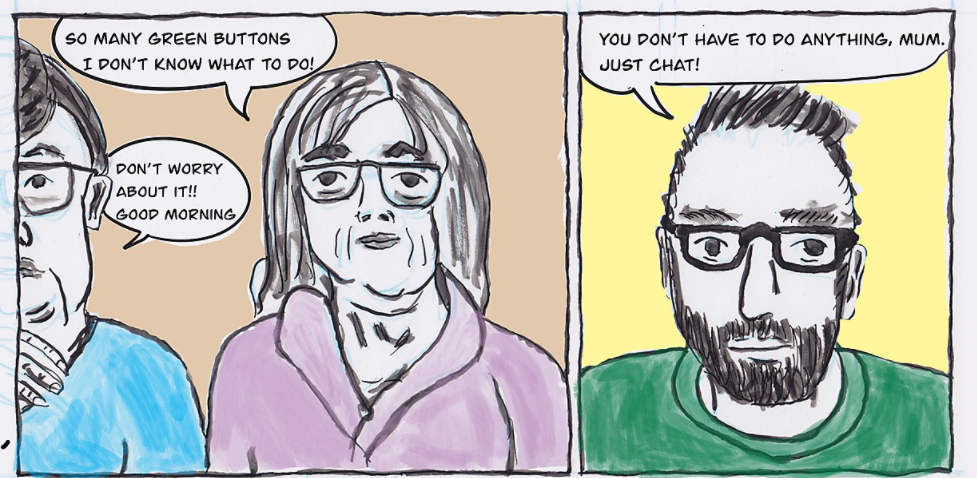
Academic publishing
Social Sciences
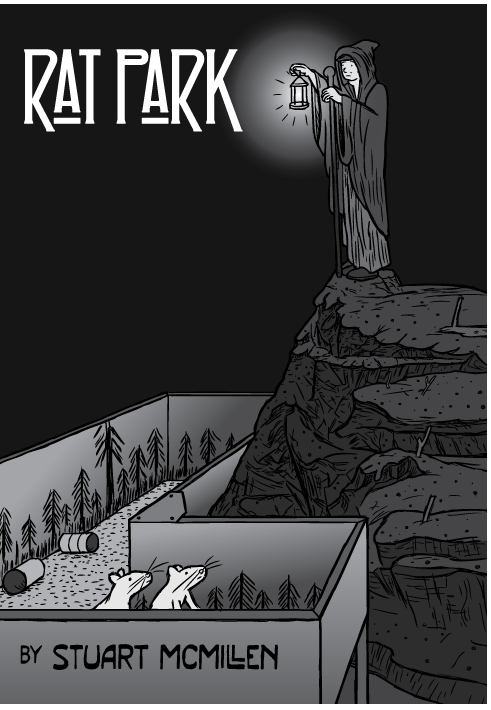
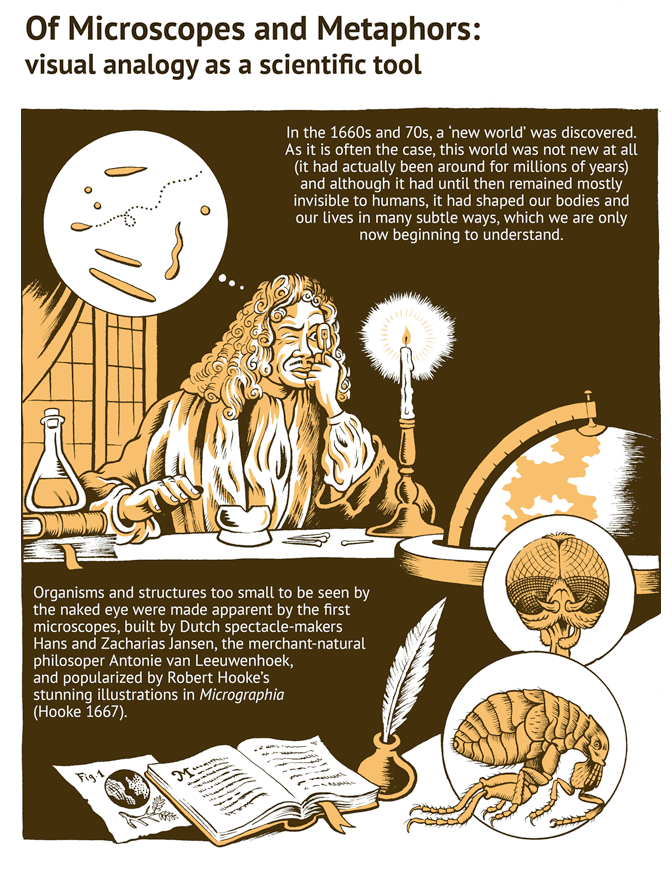
Knowledge mobilization #SCICOMM
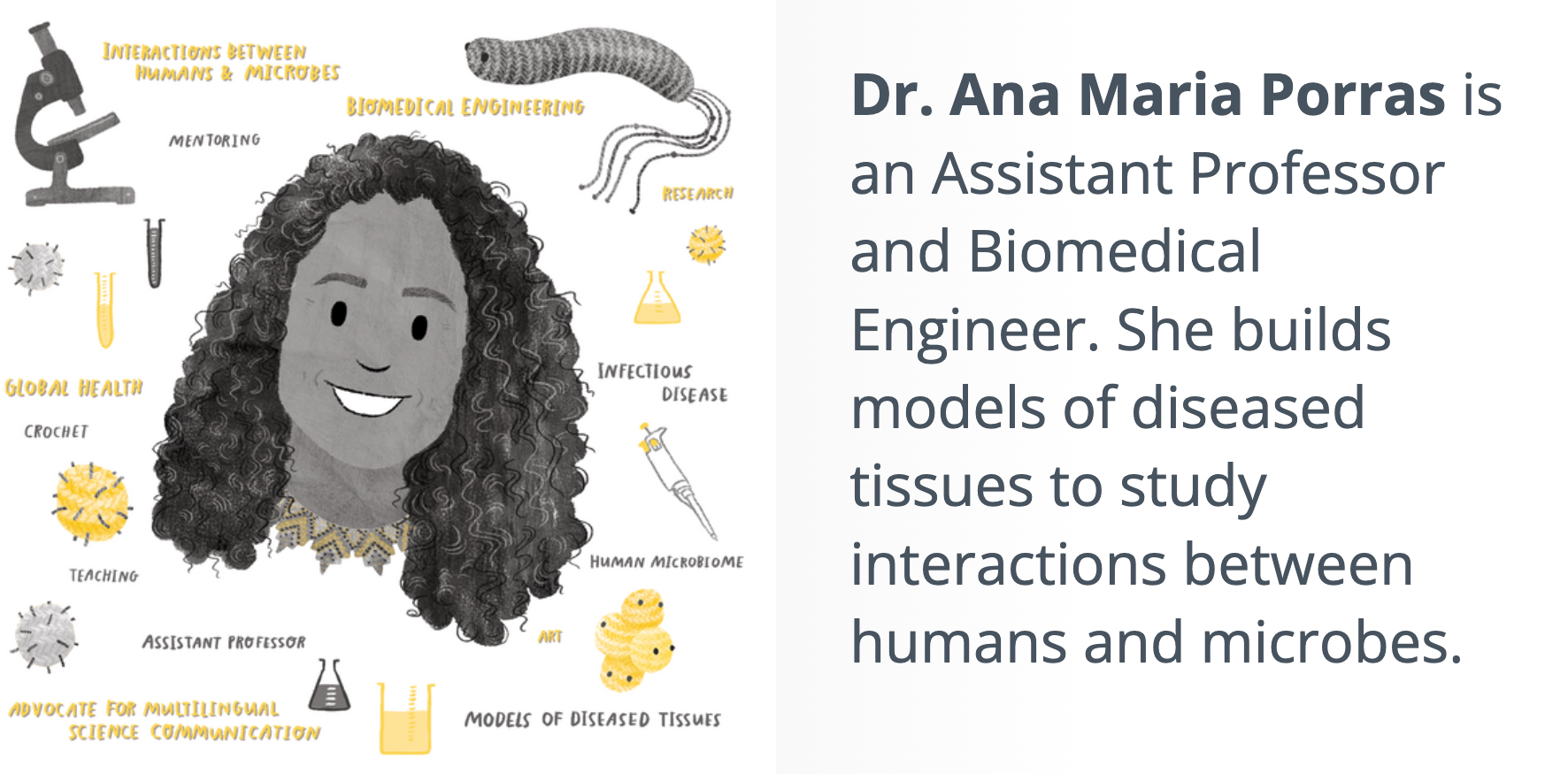
Phsycology
Comics in Research
Activism
Lets make Comics!

